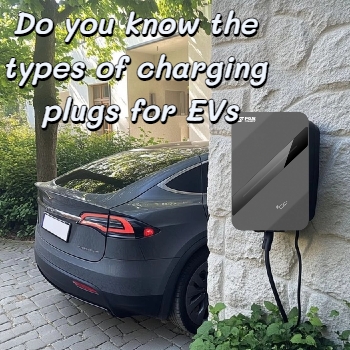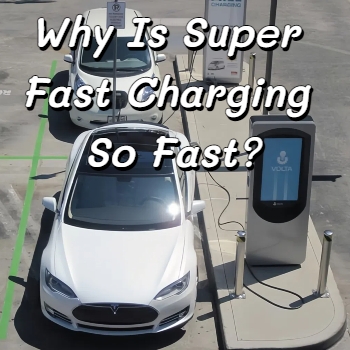Jul 28, 2025
With the popularization of new energy electric vehicles, charging has become a focal point of public concern. Today, let's delve into the various charging plug types for new energy electric vehicles, explore the plug models used in different countries, and also introduce an outstanding home portable charger product.
🔋GB/T 20234
China has been actively formulating new energy EV charging standards. In 2006, GB/T20234 - 2006, based on the IEC standard, specified 16A/32A/250A AC and 400A DC charging connections. In 2011, GB/T20234 - 2011 refined the ratings (AC ≤690V/50Hz/250A, DC ≤1000V/400A). This mandatory rule requires all EVs sold in China to have both AC and DC charging ports.
🔋Combo (SAE J1772)
Developed by SAE in 1996, the original J1772 standard supported 250V/32A AC charging for Level 1 (120V) and Level 2 (240V) modes, used in models like the Nissan Leaf and Chevrolet Volt. In 2012, the standard evolved with a Combo Connector, adding two pins for DC fast charging, though sacrificing backward compatibility. Today, Combo sockets are prevalent in Europe, adopted by Audi, BMW, Volkswagen, and select US vehicles.
🔋CHAdeMO
CHAdeMO stands for CHArge de Move, aiming for quick charging. Backed by Japanese automakers like Nissan and Mitsubishi, its DC fast charging socket offers up to 50kW. Popular models such as the Nissan Leaf and Mitsubishi Outlander PHEV support this standard. Widely adopted in Japan, it also has many AC fast charging stations in the US.
🔋Tesla
Tesla initially used its proprietary charging standard, with a socket supporting up to 120kW and 80A. While it has numerous supercharging stations in the US, to expand globally, Tesla now adheres to local standards. In China, for instance, it follows Chinese charging norms.
🔋CCS (Combined Charging System)
In 2012, eight major American and German automakers (Ford, GM, Chrysler, Audi, BMW, Mercedes-Benz, VW, Porsche) jointly developed a unified charging system. This innovative design combined four charging modes—single-phase AC, fast three-phase AC, household DC, and ultra-fast DC—into a single interface. Later adopted as the standard by SAE and ACEA, it has been the norm for European plug-in EVs since 2017.
🏢Our Company's Home Portable Charger Product
Our independent R&D company pioneers new energy charging tech. Our portable home charger, a compact charging cable, packs robust functionality and practical benefits.
👷♀️Strong Adaptability to Meet Diverse NeedsOne of the product's major highlights is its dual charging plugs: GB/T (CN) for Chinese-standard and Type 2 (EU) for European-standard new energy vehicles. This dual-plug design ensures seamless domestic use and easy overseas travel, breaking down regional and plug-standard barriers. We also provide customizable options, including plug types, cable lengths, and other functional parameters, to meet diverse customer needs.⭐️Safety Protection Functions: The charger features multiple safeguards. Overload protection cuts power when the charging current exceeds safe levels, protecting the charger, vehicle battery, and home circuit. Overheat protection halts charging to prevent fires and extend component lifespans during prolonged use or poor heat dissipation. Leakage protection instantly shuts off power upon detecting a leak, eliminating electric⭐️Real-time Remaining Time Display: The charger's screen shows charging time left, helping you plan trips and avoid unnecessary waiting.⭐️Scheduled Charging: Set charging times via the charger's buttons or mobile app (if available). Charge during off-peak hours to save on electricity costs.⭐️Peak-Valley Price Display: The screen shows current peak and off-peak electricity prices, enabling smart charging time decisions for savings.⭐️Flame Retardant Design: Made from fire-resistant materials, the charger's shell stops fire spread in emergencies, ensuring safety.
Our company's home portable charger, integrating the advantages of safety, intelligence, convenience and strong adaptability, is an ideal choice for new energy electric vehicle owners for daily charging. Whether you are at home, traveling or on a business trip, you can easily charge your car as long as there is a suitable power socket. please click https://www.fescharging.com/ to learn more.
Read More

